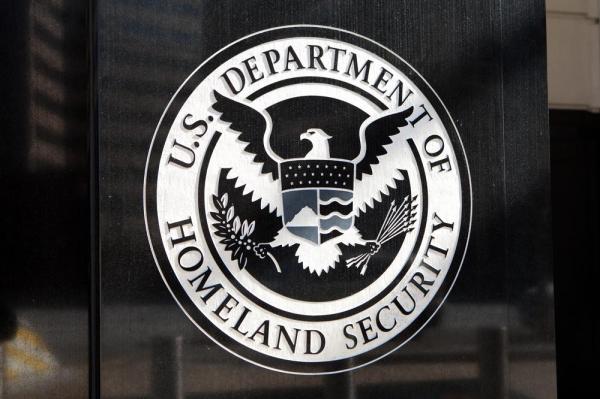-
Tips for becoming a good boxer - November 6, 2020
-
7 expert tips for making your hens night a memorable one - November 6, 2020
-
5 reasons to host your Christmas party on a cruise boat - November 6, 2020
-
What to do when you’re charged with a crime - November 6, 2020
-
Should you get one or multiple dogs? Here’s all you need to know - November 3, 2020
-
A Guide: How to Build Your Very Own Magic Mirror - February 14, 2019
-
Our Top Inspirational Baseball Stars - November 24, 2018
-
Five Tech Tools That Will Help You Turn Your Blog into a Business - November 24, 2018
-
How to Indulge on Vacation without Expanding Your Waist - November 9, 2018
-
5 Strategies for Businesses to Appeal to Today’s Increasingly Mobile-Crazed Customers - November 9, 2018
Problems with DHS fingerprint database
The Department of Homeland Security granted citizenship to hundreds of people who had previously been ordered deported or removed under different names because of flaws in keeping fingerprint records, according to a report released Monday.
Advertisement
“Incomplete digital fingerprint records hinder adjudicators’ full review of naturalization applications and may lead to USCIS granting the rights and privileges of USA citizenship to those who may be ineligible or may be trying to obtain citizenship fraudulently”, the DHS inspector general’s office said in a statement.
The Homeland Security Department’s inspector general found the immigrants used different names or birthdates to apply for citizenship with the U.S. Citizenship and Immigration.
Citizenship and immigration officials discovered that fingerprint records were missing for 315,000 immigrants who had been issued final deportation orders or who are criminals or fugitives. A DHS spokesperson told NBC News that not all the instances involve fraudulent granting of citizenship – some of the applicants were merely “potentially ineligible”, and granted naturalization with incomplete records.
The FBI also has a fingerprint database, but, according to the report, ICE and its predecessor Immigration and Naturalization Service did not consistently send fingerprint records in the past, so that database is also incomplete. Fingerprints taken by immigration officials during the deportation process were also infrequently forwarded to the Federal Bureau of Investigation. But they slipped through the cracks because their fingerprints had not been digitized. Immigration and Customs Enforcement has not reviewed about 148,000 of those immigrants’ files to add fingerprints to the digital record. In three cases, people who are alleged to have committed immigration fraud received security clearance at airports, ports, or aboard ships, according to the report.
A fourth migrant is now working as a law enforcement officer.
Ira Mehlman of Federation for American Immigration Reform, or FAIR, says the Obama administration has one objective when it comes to processing citizenship applications: get them into the country no matter what.
A reason for the underplaying of the number may have been the report’s focus, which was whether the US Citizenship and Immigration Services was using digital fingerprints effectively. An additional 26 cases have been declined.
DHS officials are blaming the old paper-based records which use fingerprint information, but can not be searched electronically.
“As a result, USCIS was not made aware of information that may have affected the applicants’ ability to naturalize”, Jim H. Crumpacker, the Homeland Security’s liaison for investigations, said in a memo to the inspector general.
It is believed ICE officials have not examined many other cases because they “did not accept immigration benefits fraud cases”. So it seems to me DHS identified 1,029 people in 2014 and then another 953 by the end of 2015.
Advertisement
The report by the DHS Office of Inspector General was released on September 8.





























